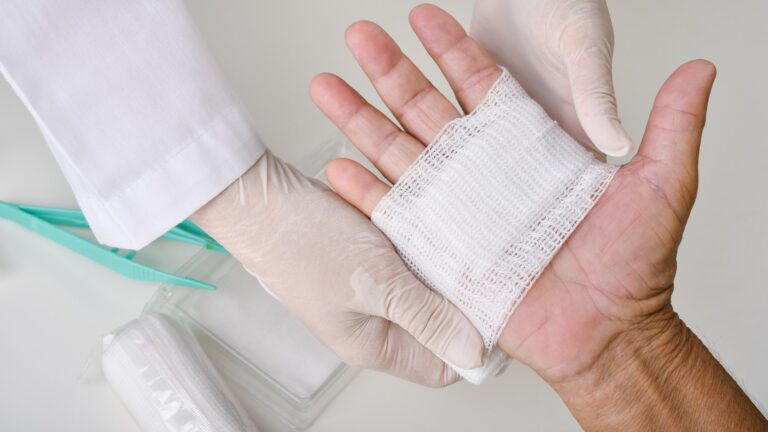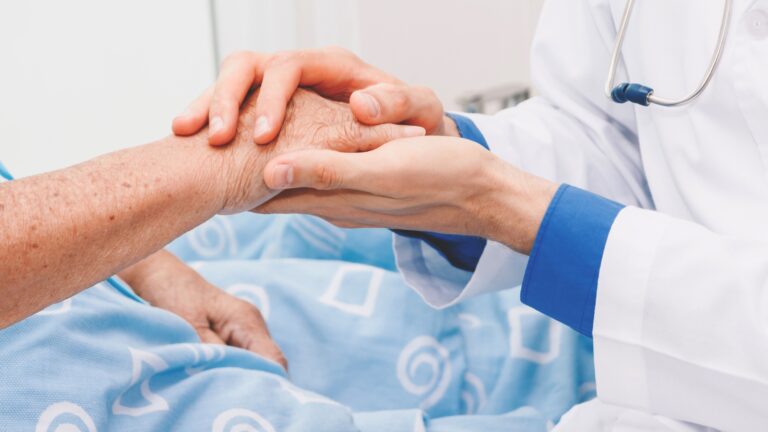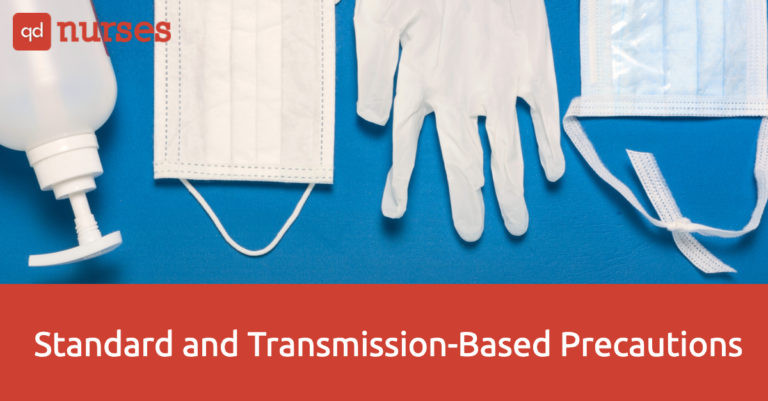![[Image: Mastering Nursing Fundamentals: Unlock the Power of My Digital Flashcards for Fundamental Concepts]](https://www.qdnurses.com/wp-content/uploads/2023/12/QDN012_wide-768x432.png)
NCLEX Fundamentals Flashcards: Unlock the Power of My Digital Flashcards for Fundamental Concepts
In this week’s episode of NCLEX Ready, I’ll be sharing with you a few samples of my digital flashcards. Yes, those same flashcards that

Examining the Nurse’s Role in Palliative and End-of-Life Care
Palliative and end-of-life care is a crucial aspect of healthcare that focuses on providing comfort, support, and dignity to individuals facing life-threatening illnesses. Within

Nursing Care Plans: Purpose, Development, and Implementation
Nursing care plans are essential tools that guide healthcare professionals in delivering comprehensive and individualized care to patients. This article will explore the purpose,

Nursing Procedures: Best Practices in Wound Care Management
Wound care management is a critical component of nursing practice, aiming to promote optimal healing, prevent complications, and improve patient outcomes. With advancements in

The Role of Nurses in Pain Management: Techniques and Best Practices
When we think about healthcare, our minds often drift towards doctors, surgeons, and specialists. However, nurses play an equally significant role in patient care

Nursing Review: The 2 Types of Body Chloride Level Abnormalities
What is Chloride? Ions are important in many bodily functions, such as water balance. One of these important ions is chloride. Along with other

Fluid and Electrolytes: Nursing Review
Life and homeostasis depend largely on fluid and electrolyte balance and its dynamic processes. Fluid Our body consists of almost 70% of water. It

Standard and Transmission-Based Precautions
Standard Precautions Standard precautions pertain to the minimum required practices applicable for ALL health workers, patients, and visitors to achieve basic infection control and

Nursing Review: The 4 Common Triggers of Autonomic Dysreflexia
What is Autonomic Dysreflexia? Autonomic dysreflexia is a serious medical diagnosis that requires immediate treatment. This condition is common in patients with spinal cord

NCLEX Review: Understand Respiratory Alkalosis Well In Just 5 Minutes
The Physiology of Oxygenation Let’s start with what happens when you breathe in air. When oxygen enters your nose or your mouth, it then
